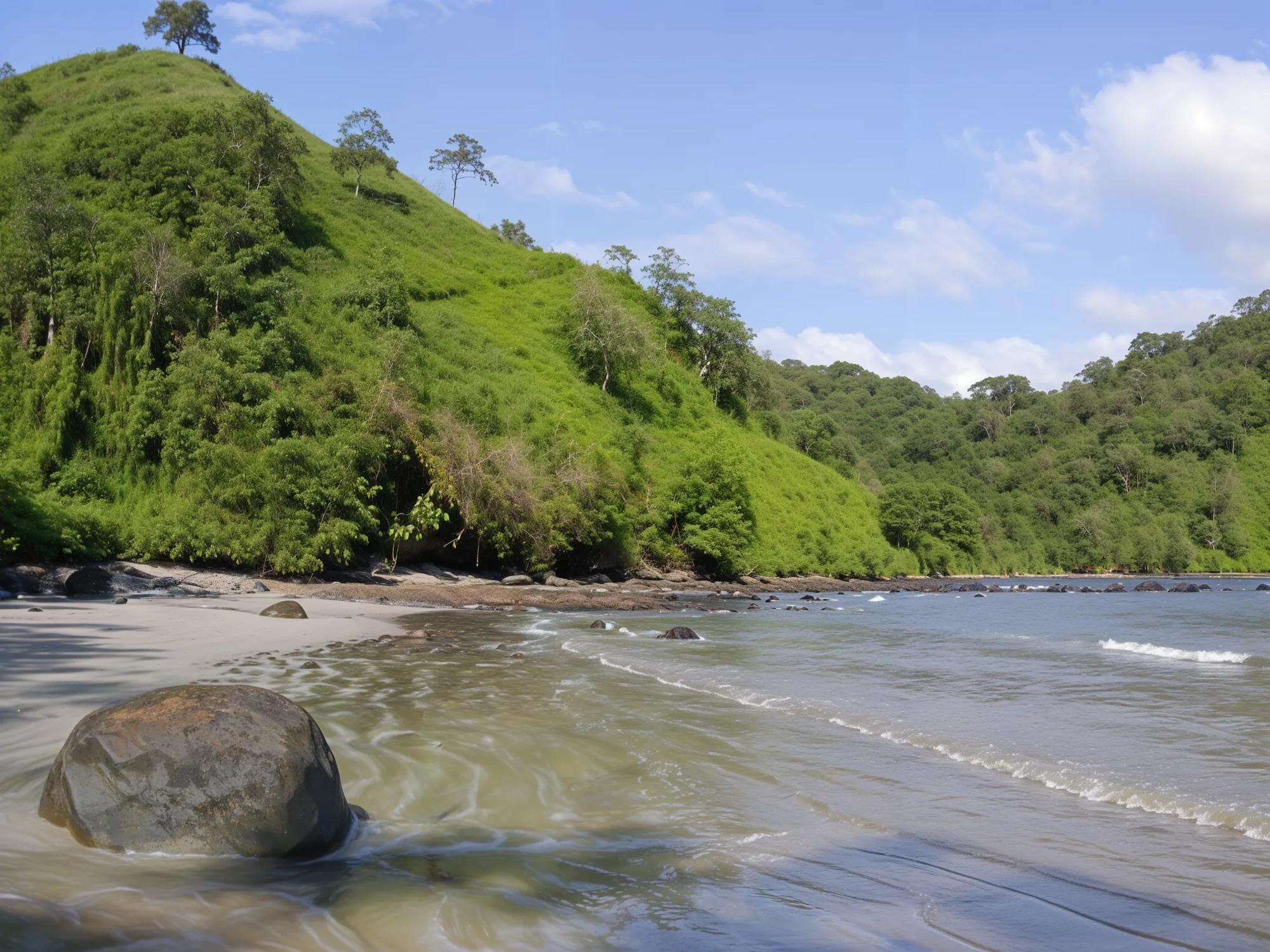Located on the Pacific coast of Costa Rica, The Cocos Island (Isla del Coco) is a national park that has been untouched by human activity for centuries. This island paradise is known for its richness in marine and terrestrial biodiversity, making it a unique destination for scuba diving and scientific research.

Table of Contents
A History of Exploration
The Cocos Island has been the subject of several expeditions throughout history, with one notable expedition being led by the government of Costa Rica in 1869. Jacques-Yves Cousteau, the famous oceanographer, considered The Island of the Swan (as it was also known) to be the most beautiful in the world.
Conservation Efforts
Today, The Cocos Island National Park protects its natural resources through conservation laws and visitor safety measures. Scientific research is also conducted within the park to better understand the island’s unique ecosystem. Raising awareness among fishermen groups is an important program aimed at reducing their impact on the marine life.
Infrastructure for Conservation
To support the conservation efforts, infrastructure such as cabins for park rangers and scientific laboratories have been constructed on the island. Fixed posts are installed in strategic locations to aid conservation efforts and monitor the park’s natural resources effectively.
Cocos Island: A Literary Muse
Cocos Island, with its secluded location and mysterious allure, has long captivated the imaginations of writers and explorers. Its unique blend of natural beauty, historical intrigue, and tales of buried treasure has provided a rich source of inspiration for literary works.
Daniel Defoe’s “Desert Island”:
- A Model for Isolation: The Cocos Island’s isolated location and abundance of natural resources likely served as a model for Daniel Defoe’s classic novel, “Robinson Crusoe.” The island’s seclusion and the potential for survival in its harsh environment mirrored the experiences of Defoe’s protagonist.
Michael Crichton’s “Jurassic Park”:
- Isla Nublar’s Inspiration: Cocos Island’s remote location and diverse ecosystems provided inspiration for the fictional Isla Nublar in Michael Crichton’s best-selling novel, “Jurassic Park.” The island’s isolation and its potential for scientific experimentation made it an ideal setting for the novel’s thrilling plot.
Other Literary References:
- Treasure Island: While Robert Louis Stevenson’s “Treasure Island” is often associated with the Caribbean, some scholars believe that Cocos Island may have influenced the author’s portrayal of a remote, treasure-filled island.
- Modern Adventures: Contemporary authors continue to draw inspiration from Cocos Island. Its unique blend of adventure, mystery, and natural beauty offers a compelling backdrop for stories of exploration and discovery.
Scuba Diving Paradise
The Cocos Island is considered one of the best places in the world for scuba diving, with various species of sharks and tropical fish present in its waters. Green turtles can also be observed swimming near the island’s coral formations.
Best Time to Visit
The most recommended months for scuba diving on The Cocos Island are between January and March. These months provide good weather conditions, making it an ideal time to explore the island’s marine life. However, the months of September to October are also recommended for similar weather conditions.
Remote Location
The Cocos Island’s remote location makes it a unique destination for scuba diving. The island’s isolation has helped preserve its ecosystem, making it a prime example of untouched biodiversity.
Protecting the Island’s Resources
Conservation efforts are necessary to protect the island’s natural resources and marine life. Park rangers play a crucial role in protecting the island and its inhabitants. Scientific laboratories aid in conservation efforts and provide researchers with valuable tools.
Education and Awareness
Education and awareness programs are essential for protecting the island’s marine life and terrestrial biodiversity. Fixed posts help monitor and manage the park’s natural resources effectively, ensuring that the island remains an untouched paradise for future generations.
